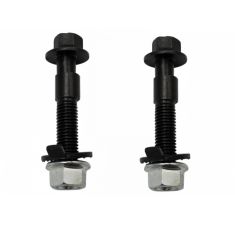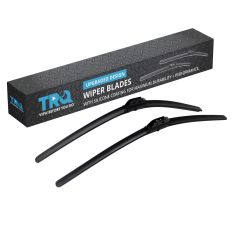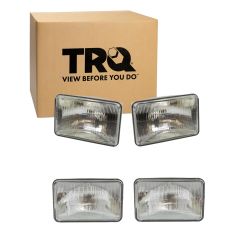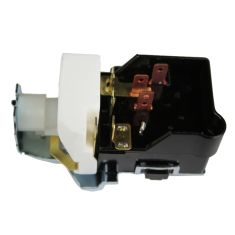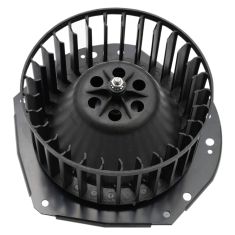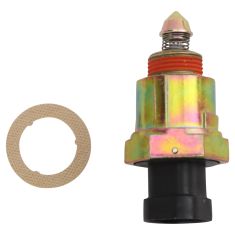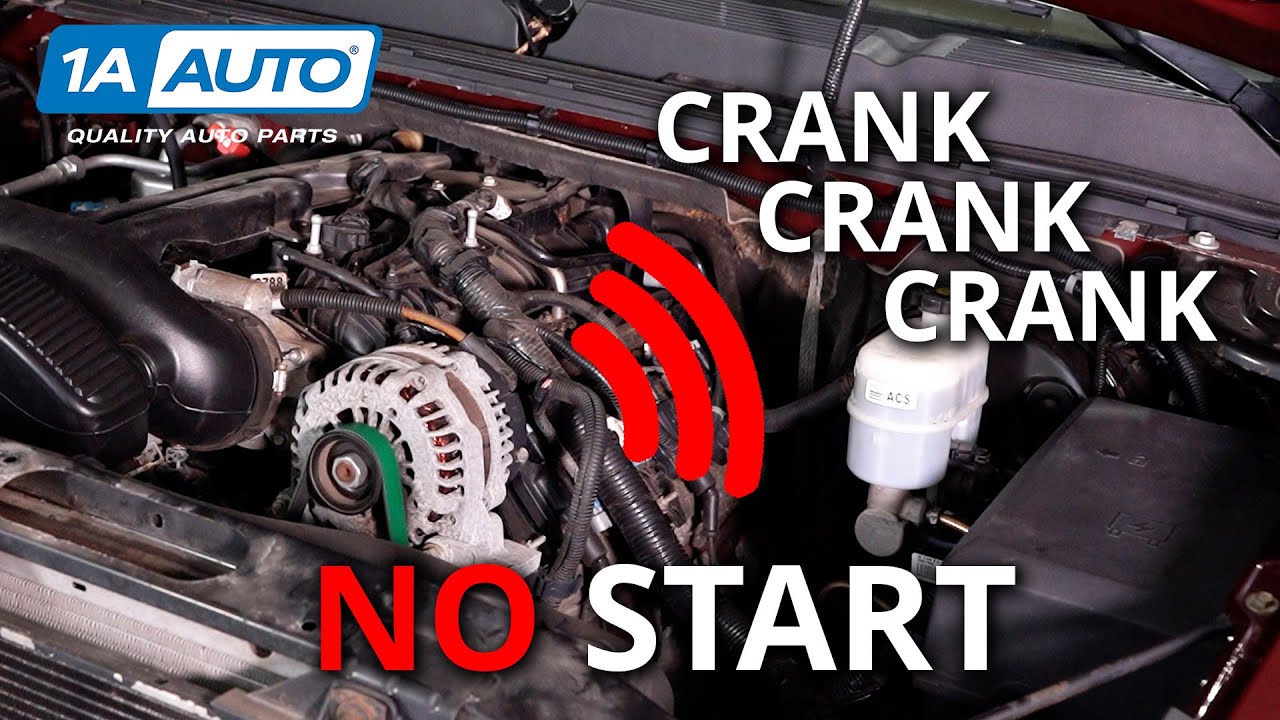Chevrolet Monte Carlo
-
Notify When Available$24.95Save 19%List $30.95 Save $6.00Brand: TRQ - PSA71581$24.95Save 19%List $30.95 Save $6.00
-
Notify When Available
Replaces Front Driver & Passenger Side 2 Piece 22in Wiper Blade Set TRQ WPB54571
Brand: TRQ- WPB54571$34.95Save 31%List $50.95 Save $16.00Brand: TRQ - WPB54571$34.95Save 31%List $50.95 Save $16.00 -
Notify When Available$49.95Save 26%List $67.95 Save $18.00
Replaces 2 Piece Headlight Set TRQ HLA93557
Brand: TRQ - HLA93557$49.95Save 26%List $67.95 Save $18.00 -
Notify When Available
Replaces Front Driver & Passenger Side 2 Piece 18in Wiper Blade Set TRQ WPB54556
Brand: TRQ- WPB54556$34.95Save 29%List $48.95 Save $14.00Brand: TRQ - WPB54556$34.95Save 29%List $48.95 Save $14.00 -
Notify When Available$64.95Save 32%List $95.95 Save $31.00
Replaces 4 Piece Headlight Set TRQ LKA93536
Brand: TRQ - LKA93536$64.95Save 32%List $95.95 Save $31.00 -
Notify When Available$29.95Save 14%List $34.95 Save $5.00
-
Notify When Available$45.95Save 31%List $66.95 Save $21.00Brand: TRQ - HLA93558$45.95Save 31%List $66.95 Save $21.00
-
Notify When Available$84.95Save 27%List $115.95 Save $31.00Brand: TRQ - HMA80108$84.95Save 27%List $115.95 Save $31.00
-
Notify When Available
Replaces Driver & Passenger Side 2 Piece Wheel Bearing & Hub Assembly Set TRQ BHA50039
Brand: TRQ- BHA50039$129.95Save 13%List $149.95 Save $20.00Brand: TRQ - BHA50039$129.95Save 13%List $149.95 Save $20.00 -
Notify When Available$28.95Save 17%List $34.95 Save $6.00
Replaces Idle Air Control Valve TRQ AIA93057
Brand: TRQ - AIA93057$28.95Save 17%List $34.95 Save $6.00
The Chevy Monte Carlo has always lived something of a double life. Although it was conceived of as a personal luxury car to compete with the Ford Thunderbird, it also competed on the track in NASCAR. The Monte Carlo won over a lot of fans with its mix of power and comfort.
Introducing the Monte Carlo
Other manufacturers were already having great success with personal luxury cars—like the Ford Thunderbird or Dodge Monaco, so by the late ‘60s Chevy was already late to the part. In 1969, Chevy’s GM stablemate had a huge success with the Grand Prix. The Grand Prix was built on a lengthened version of GM’s A-body platform. Chevy general manager Pete Estes decided that Chevy should build a personal luxury car on the same lengthened A-body platform (which would become known as the A-special, and later the G-body).
The project would eventually become the Monte Carlo, named for the opulent Mediterranean city that hosts Formula 1’s Monaco Grand Prix. The Monte Carlo, released in 1970, shared many key parts with the Chevelle, but the exterior styling was all-new and inspired by the Cadillac Eldorado. It featured a “coke bottle” shape faux-elm interior trim and deep-twist carpets. Available engines ranged from a 350 cubic inch V8 up to a 454ci V8 in the performance-oriented Monte Carlo SS (for Super Sport).
In addition to the bigger engine, the SS had improved suspension and wider tires. Even though overall the Monte Carlo sold very well, SS models did not—making them a rare find today. The SS version was discontinued in 1971, but in 1972 it was still possible to get the suspension upgrades (now called the S package) or the 454 engine either separately or together.
Many NASCAR teams began using Monte Carlos in 1971. At the time, NASCAR required that cars have at least a 115 inch wheelbase to compete. The Monte Carlo’s was just an inch longer than that. The Monte Carlo’s engine sat near the back of its long hood giving the car a fairly even weight distribution. Monte Carlos raced in NASCAR from 1971-1989.
In 1973, Chevy introduced an updated Monte Carlo. The new version had an egg-crate grille and rear opera windows. Mechanically, the Monte Carlo got improved suspension and steering and anti-roll bars. That year, Motor Trend named the Monte Carlo car of the year, comparing its ride and handling favorably to European luxury models. But the early 70s were not, in general, a good time for big cars. Increasingly strict emission standards and the 1973 Arab Oil Embargo led many consumers away from big cars toward compacts. Surprisingly, consumers still found the Monte Carlo irresistible, and sales continued to climb, even as the car’s horsepower dropped. The car maintained its high style profile though, adding an 8-track player and swiveling bucket seats for easy entrance and exit as options.
Smaller in the ‘70s
The efficiency demands of the ‘70s eventually caught up with Chevy. The third generation Monte Carlo debuted in 1978, 15 inches shorter and 700 pounds lighter than its predecessors. The engine options were a bit smaller too, ranging from a 231ci V6 up to a 305ci V8. A 350ci diesel engine was also available.
As sales began to drop, Chevy introduced another restyle in 1981. This version had a smoother, less angular profile. Most of the engine options were carried over from the previous generation. A very small number were built with a turbocharged V6 borrowed from Buick.
1983 saw the return of the Monte Carlo SS, which featured a V8, a spoiler, and a redesigned grille. This was the first Monte Carlo SS in 12 years. The efficiency-obsessed ‘70s seemed to finally be coming to a close, and performance models were coming back into vogue. Although Monte Carlo sales overall were decreasing year by year, sales of the SS were increasing. Chevy tried to follow the trend by adding performance enhancements to subsequent model years. The 1986 Monte Carlo, for example, borrowed the aerodynamic mirrors from the Corvette and Camaro.
To help the SS perform better in NASCAR, Chevy wanted to make a fastback version. To use a model option in racing, NASCAR required that at least 200 examples be built with that option. So, Chevy built 200 fastback Monte Carlos which would become known as the Monte Carlo SS Aerocoupe. 105 of the 200 are currently registered with the 1986 Monte Carlo SS Aerocoupe Registry. In 1987, Chevy built more than 6,000 Aerocoupes. 1988 did not see the Aerocoupe return. The new Chevy Lumina was more aerodynamic than even the Aerocoupe, so Chevy chose to use the Lumina in NASCAR. 1988 would be the last year for this generation of the Monte Carlo. Ultimately, the Lumina (available as a coupe or sedan) took its place as Chevy’s midsize flagship. The last fourth generation Monte Carlo to roll off the line was a silver SS.
The Monte Carlo Returns
Although the Lumina had replaced the Monte Carlo years before, it gave rise to a new Monte Carlo in 1995. The Lumina was split into two models. Sedan versions would still be called Luminas; coupes would be called Monte Carlos. The new Monte Carlo differed from its predecessors in many ways. It had front-wheel drive while the others had rear-wheel drive. It also, for the first time in the model’s history, didn’t have a V8 engine option. Engines ranged from a 3.1L to a 3.8L V6. There was a performance package, but rather than being called the SS it was called the Z34. The exterior styling was less striking than the older versions, but the interior remained comfortable. With front bench seats available, the Monte Carlo was the last two-door car (other than a pickup truck) to offer seating for six. The new Monte Carlo also returned to NASCAR.
The Monte Carlo was updated in 2000. The new version kept the curvy aerodynamic shape that the previous generation adopted from the Lumina, but had some design cues, like vertical tail lights and big fender flares, that harkened back to the older Monte Carlos. Performance models were once again called the SS, but there was still no V8. The SS used a 3.8L V6 which was supercharged starting in 2004. Chevy also released several limited edition Monte Carlos as a tribute to NASCAR drivers who had had success with the car. These included the Intimidator Edition (after Dale Earnhardt Sr.), the Jeff Gordon Edition the Dale Jr. Edition, and the Tony Stewart Edition.
The Monte Carlo had its exterior restyled for 2006. The SS also came a 5.3L V8 starting that year—the first V8 available in a Monte Carlo since 1988. The development, though exciting, was short-lived. Chevy discontinued the Monte Carlo in 2007. The last two models built were SS models. Despite the many changes over the years, the Monte Carlo will be remembered for its heyday, when it could get you where you were going quickly and in style.
